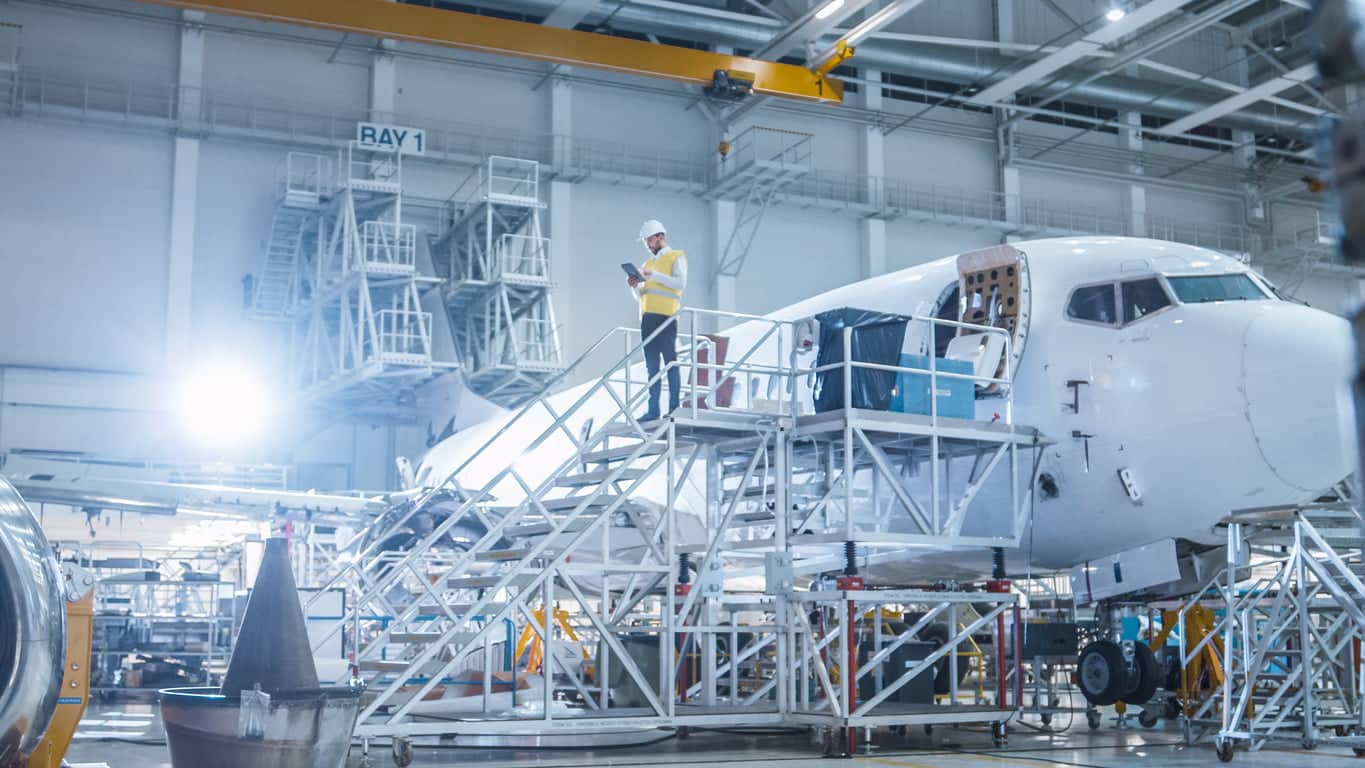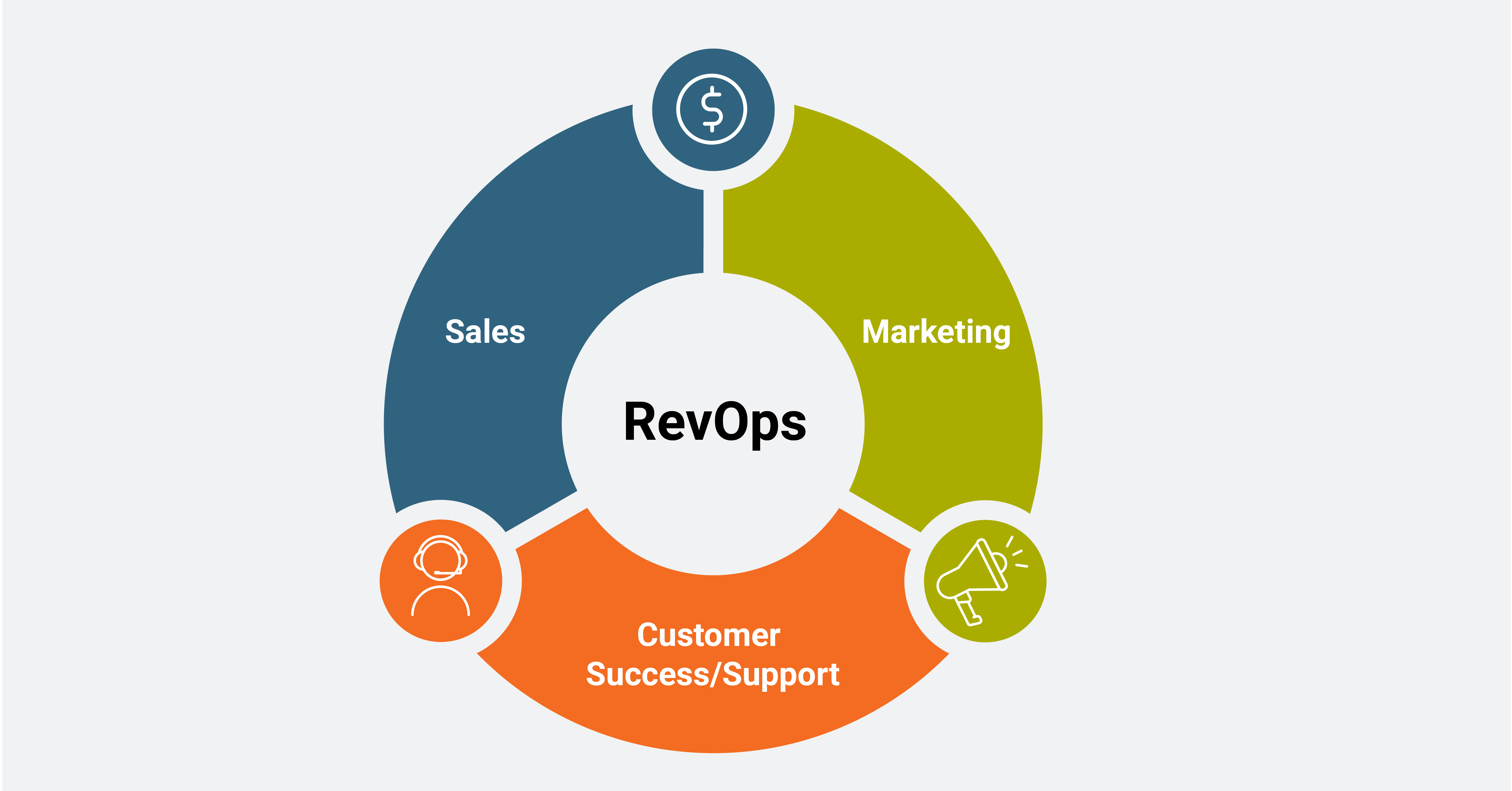
The aerospace industry has come a long way – but there are still so many challenges that need to be addressed to progress further. From lengthy sale processes, to compliance regulations, the aerospace industry goes through diverse obstacles in their day-to-day supply chain and workflow management.
According to the speakers at the FABTECH 2018 summit, the challenges of the aerospace sector were highlighted – their main observation led them towards the disruption of supply chains that bring aluminium and steel into the United States due to the tariffs. And a similar situation is being noticed all over the globe; the changing of political alliances and tariffs that continue to disturb the traditional supply chain systems.
Consequently, the global supply chain can adversely affect aerospace and defence OEMs productivity – and that is not the only challenge they have to face. Here are a few other examples.
The Fallout From COVID-19
The coronavirus pandemic had led to many unprecedented problems in the aerospace arena. With production grinding coming to a halt and planes grounded, it became difficult to predict its impact on the aerospace industry.
The only silver lining that has come about from the situation is the introduction of alternative methods to go about business operations and hoping that as countries reopen their borders, it will lead to increased travel and hopefully a boon for the aeronautics sector.
Digital Manufacturing
Manufacturing continues to evolve every day and as digital accelerates and high-tech startups begin to disrupt the status quo, manufacturers for aerospace must figure out innovative manufacturing means and modernise if they are to land any contracts and keep pace with our current changing climate.
Some of the popular transformative trends that have shaken up the aeronautics industry in the past couple of years include 3D printing, cloud-enabled automated production, and modular design.
Cybersecurity
Most people are not aware of this but the single biggest threat that is being faced by aeronautics around the world is cybercrime. This is because cybercriminals recognise that there are firms within the sector that are asset-rich, with immense swathes of high-value data and digital assets. As such, this makes them attractive targets for many hackers, who aim on vulnerabilities within every level of the manufacturing supply chain.
What is shocking is that these are just a few examples of the many challenges that continue to surround this industry. But with some luck and help from existing professionals in the industry like Sachidananda Kangovi, we might be able to move past these problems and find innovative solutions in the future.
Sachidananda Kangovi is a revered American technology executive, aerospace engineer, and author. In 1971, he started his career as a scientist at the National Aeronautical Laboratory. It was around this time that he focused most of his work on designing, developing, and building a unique special purpose wind tunnel called, “Base Flow Facility”, which helped in developing many indigenous aerospace vehicles in India. Naturally his exceptional work contributions led the National Aerospace Laboratory to designate Kangovi’s founded test facility as one of the most unique testing facilities in the world.
On moving to the US, Dr. Kangovi applied his expertise in experimental aerodynamics to develop inlet air moisture separators for marine and land-based gas turbine engines. Later while working in Boeing, Kangovi applied Computational Fluid Dynamics (CFD) modelling to study helicopter rotor flow field. Dr. Kangovi then worked in Johnson & Johnson on the problem of pneumatic transport of particles using computational fluid modelling.
During the onset of digital revolution, Kangovi transitioned from CFD to Information Technology field. Joining Comcast as a Design Lead and Distinguished Engineer, he led a team of designers to introduce the concept of the Service Linked Multi-State System, a core provisioning system. He was awarded several US and International patents for this work which is currently being used to support millions of customers.
He has also taken on the role of Vice-President for ITL, SCSL, and CHR where he spearheaded teams of sales support, business analysts, designers, architects, developers, and testers in order to build service offerings in self-provisioning, and more. He is also a published author. His books are available globally and also in the libraries of many universities world-wide.




